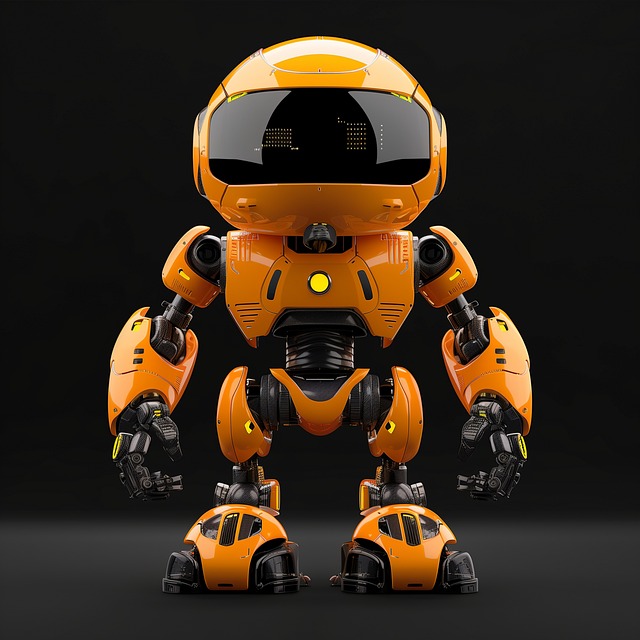Revolutionizing Automation with Advanced Robotics: The Intersection of AI and Business
In an era where every second counts, the integration of advanced robotics with artificial intelligence (AI) is paving the way for a new dawn in the world of automation. Imagine a workspace where machines are not just tools, but intelligent partners that adapt, learn, and optimize their actions to boost productivity and streamline operations. This is not fiction; it’s the reality unfolding right before our eyes.
As we delve deeper into the realm of robotics, the collaboration between human ingenuity and machine precision is becoming increasingly essential. Advanced robotics equips businesses with solutions that transcend traditional limitations, allowing for sophisticated processes that were once considered impossible. With robots operating in tandem with AI, tasks that require flexibility and decision-making can now be automated, resulting in a seamless workflow that enhances efficiency and reduces operational costs.
One of the most exciting aspects of advanced robotics is their ability to analyze vast amounts of data in real time. Through AI, these robots learn and adapt from their environment, improving their performance over time. Industries like manufacturing, logistics, and healthcare are leveraging this technology to enhance their operations. For instance, in manufacturing, robotics can predict machinery failures and optimize production schedules, minimizing downtime and maximizing output.
Moreover, the advent of automation in business does not merely focus on repetitive tasks. Today, advanced robotic systems are being designed to assist in decision-making processes, with AI algorithms providing insights that help businesses strategize effectively. Imagine software that can analyze market trends and consumer behaviors, enabling companies to tailor their strategies dynamically in response to shifting patterns.
Additionally, the role of advanced robotics in improving workplace safety cannot be overstated. By taking over hazardous tasks, robots can prevent accidents and injuries, creating a safer environment for employees. In the construction industry, for instance, drones and autonomous vehicles are already making a significant impact, surveying areas that are deemed unsafe for human workers.
However, the journey towards full automation and the acceptance of advanced robotics is not without its challenges. As businesses increasingly rely on these intelligent systems, ethical considerations and workforce impacts arise. It’s essential for organizations to address these concerns proactively, ensuring that while efficiency is gained, human oversight and employment are not sacrificed. Upskilling and reskilling the workforce will be crucial in this transformational journey, turning potential job displacement into opportunities for growth and development.
Furthermore, the successful implementation of advanced robotics hinges on the successful integration of AI systems. A robust framework that supports seamless interaction between humans and machines is vital. Organizations need to invest not only in the technology itself but also in training and infrastructure to fully harness the power of automation.
Advanced robotics symbolizes a leap toward a future where businesses can operate at unprecedented levels of efficiency and innovation. As these technologies continue to evolve, their potential to transform industries will become even more significant. In this age of automation, being at the forefront of advanced robotics could very well mean the difference between thriving and merely surviving in a competitive landscape.




